
Have you ever dreamt of finding a hidden treasure? Well, the world of coin collecting might just hold that thrill for you!
One of the main attractions for novice bullion and coin collectors is unsearched bags of coins from banks.
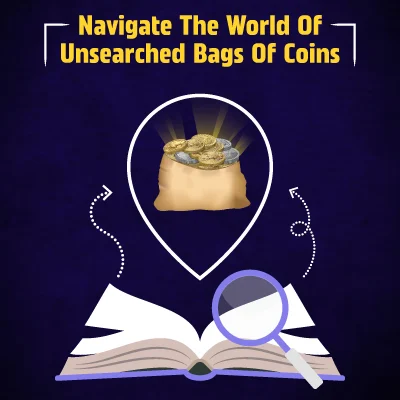
The appeal is very simple:
Who wouldn't want to purchase unsearched rolls or bags of coins? Because certain US coins have significant value.
Unsearched bags of coins from banks present an opportunity to find unique and priceless treasures. However, how precisely do you obtain these potential coins? This guide will help you successfully navigate the world of unsearched bags of coins from banks.
A coin collector could become profitable very quickly by selecting the right coins from a sizable pile of undiscovered fragments. Some of the most common coin types to search for in an unsearched bag of coins are particularly old coins and rare coins with mint errors.
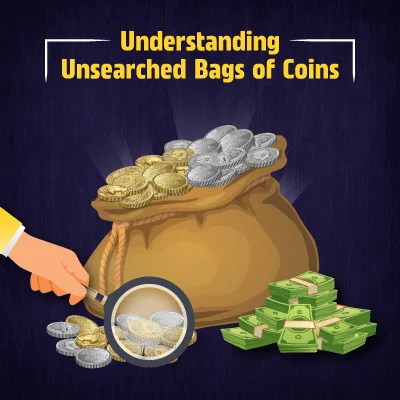
Unsearched bags are bags of coins that collectors have not examined closely. These bags contain coins like Wheat pennies, Buffalo nickels, Penny Rolls, Lincoln cents, and 90% silver coins.
These bags are the preferred selection of starting collectors since they are heavier than others and hold fascinating treasures among a large number of coins. But, on the other hand, some of the sellers could be frauds, and even though the coins are not searched, they overrate them, implying that the standard coins are more valuable. Coin collectors are aware that, generally, every roll and bag has seen at least one thorough search.
A coin collector can become rich quickly just by choosing the specific pieces that are worth the most out of a big, undiscovered pile of coins. Ancient coins and rare coins with minting errors are regarded as the best gems when one has a jar full of coins.

Unsearched bags are bags of coins that collectors have not examined closely. These bags contain coins like Wheat pennies, Buffalo nickels, Penny Rolls, Lincoln cents, and 90% silver coins.
These bags are the preferred selection of starting collectors since they are heavier than others and hold fascinating treasures among a large number of coins. But, on the other hand, some of the sellers could be frauds, and even though the coins are not searched, they overrate them, implying that the standard coins are more valuable. Coin collectors are aware that, generally, every roll and bag has seen at least one thorough search.
A coin collector can become rich quickly just by choosing the specific pieces that are worth the most out of a big, undiscovered pile of coins. Ancient coins and rare coins with minting errors are regarded as the best gems when one has a jar full of coins.
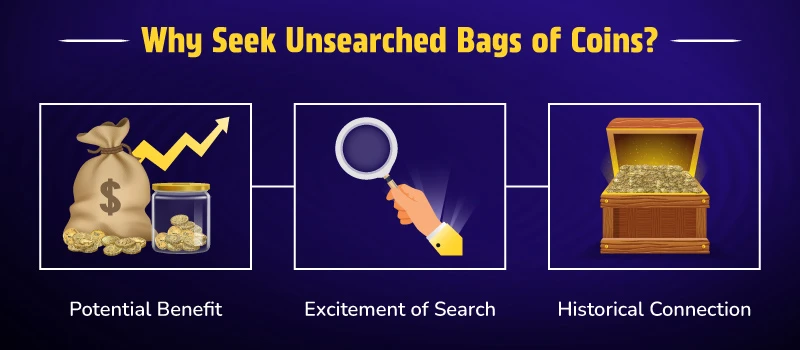
The coins that are commonly found in rolls of coins that are valued higher than face value are described in the list below:
Obtaining a roll of coins is relatively easy and is available at most bank branches and financial institutions. Getting a few one-cent, nickel, dime, or quarter rolls is often as simple as approaching the bank teller, asking for the rolls, and then paying the appropriate amount with cash or by making a withdrawal from the bank's account.
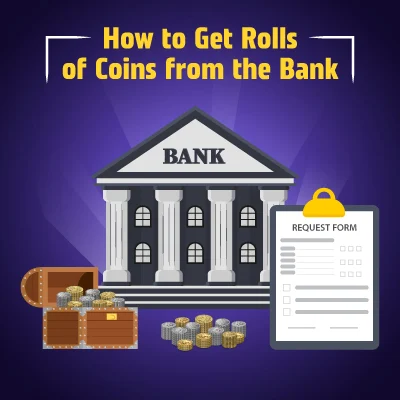
Acquiring a large number of rolls, rolls of half dollars or dollar coins, or boxes of coins—a box containing a predetermined number of rolls of a predetermined denomination—is typically a little more difficult.
Although some banks keep a minimum of a few rolls of half-dollars or dollar coins on hand, these are occasionally required to be specially ordered because financial institutions rarely deal with halves and dollar coins on a regular basis. Eisenhower dollars are harder to come by, but you might find a roll or two of Presidential or Sacagawea dollars.
The same holds true for requests for big amounts of rolls. Even though a bank might keep some rolls on hand, especially to provide them to clients, a special order might be necessary for an exceptionally large order. There might not be enough rolls available at the bank for its retail clients.
It might also be necessary to make a special request for those who want to purchase boxes of coins, which are basically large orders of rolls. Very few financial institutions, such as banks, have enough boxes of rolls on hand to distribute to customers. (Keep in mind that they must maintain ample coin reserves in order to handle transactions and the demands of additional retail customers.)
If you have a special request for rolls or boxes from your bank, it's usually as easy as giving them a call, filling out an order form in person, and waiting for the requested rolls to be delivered to the bank. Once payment has been received, you can pick them up.
Whatever the reason for asking for rolls of coins from the bank, buying bags of coins from banks can be among the simplest and least complicated things you've ever done at the teller window!
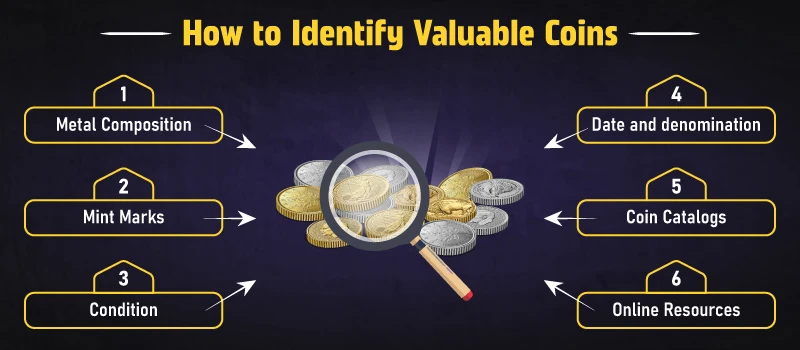
There are several factors from which you can identify the valuable coin.
In the world of coin collecting, there's excitement and potential rewards to be found when going through unsearched bags of coins from banks. Discovering unique treasures is not the only attraction; the excitement of the search and the link to the past are equally important.
Finding valuable coins can be an enjoyable and enlightening experience, regardless of experience level. Recall that every roll of coins from the bank may contain a hidden gem that is just waiting to be discovered if you have a sharp eye and some knowledge. Cheers to your successful hunt!